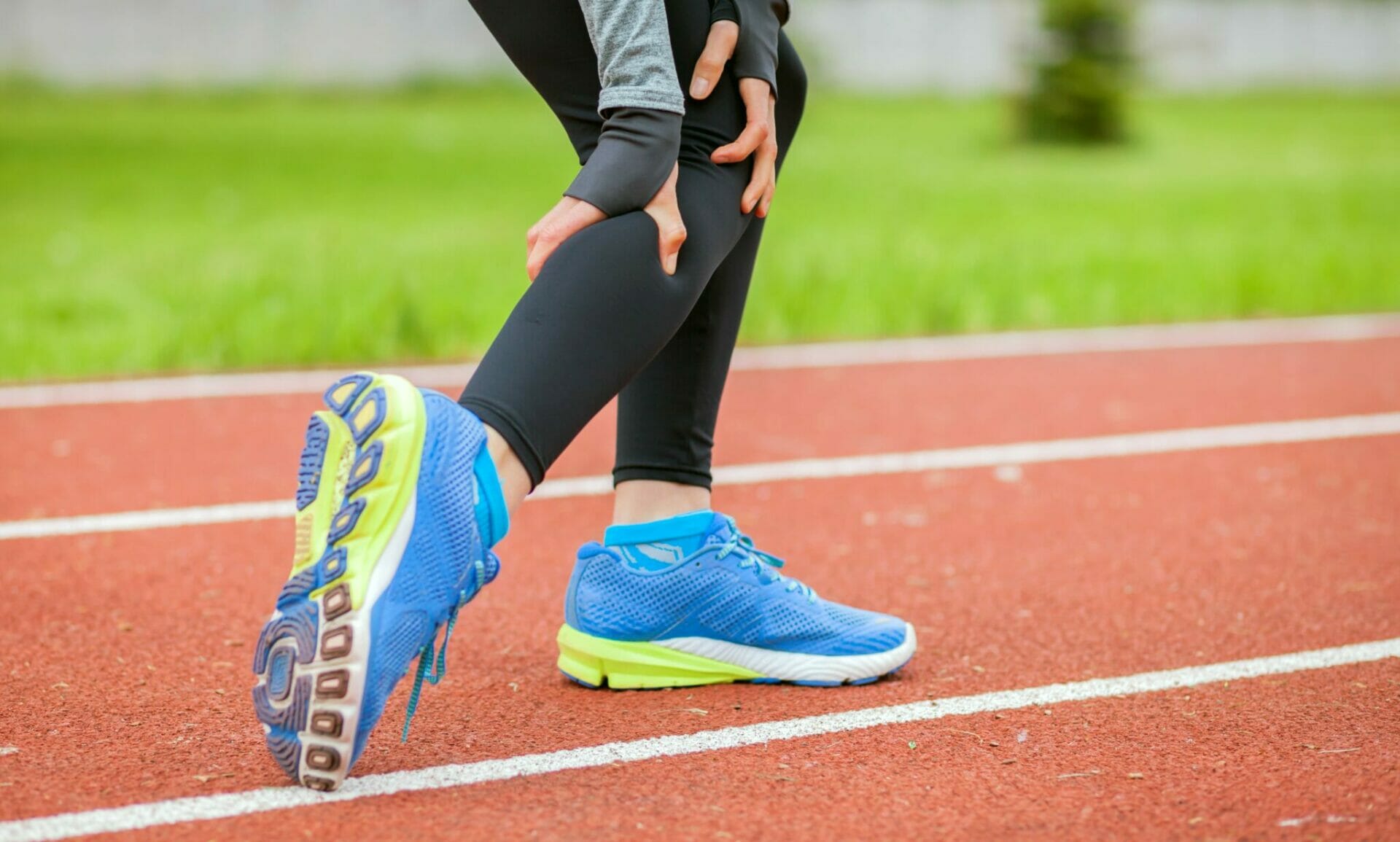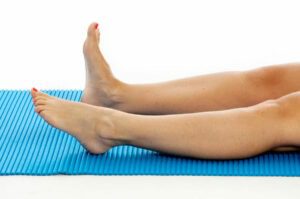How to treat an acute calf strain
We see a lot of people with calf strains in our clinics; runners, ramblers, football, rugby and tennis players, skiers, those with physical jobs plus many more suffer from this problem.
Most people with this problem have pain when pushing off walking or running, pushing up onto their toes and walking up stairs.
The calf has two main large muscles: the gastrocnemius, the large muscle closest to the surface, and the soleus, the deeper muscle which sits behind the gastrocnemius. There is also a smaller muscle called plantaris.
A calf strain is a tear in the muscle at the back of your lower leg. Both of these muscles join onto your Achilles tendon which then attaches to the back of the heel. The most commonly strained calf muscle is gastrocnemius as it is more vulnerable because it crosses both the knee and ankle joints.
Acute traumatic calf strain
When the calf muscle tears, whether it is mild or severe, most people describe at the time of injury they look behind them to see who has shot them in the leg.
Usually the calf muscle is injured during sprinting, if the muscle is fatigued after running a long distance, push off or lunges in racquet sports.
If you have strained your calf there may be some swelling and depending on how severe a strain you have you may not be able to continue running/playing sport.
In an acute calf injury you should manage it using PRICE:
- Protection– support the foot and ankle with appropriate shoes, if needed use crutches to help protect the area as it heals in the early stages.
- Rest– rest / walk as tolerated
- Ice– apply ice for the first week after an injury to help reduce swelling. This should be for 15-20 minutes every two to three hours and the ice should not directly touch your skin, wrap the ice in a damp towel to prevent getting an ice burn.
- Compression– a double layer of tubigrip can be used in order to reduce swelling, take it off at night. Make sure it is not too tight, and it does not cut off your circulation.
- Elevation– try to elevate your ankle as much as possible.
It is really important to see a physio, sports therapist or your doctor as there is a risk of DVT (Deep Vein Thrombosis) after an acute calf strain. This is very important because if you do have a DVT the clot can dislodge and result in life threatening, life changing conditions such as pulmonary embolism (clot on your lung).
Treatment of a calf strain
This does depend on the severity of the injury and how your body heals, it does vary a lot.
If you have a mild strain, also known as Grade I with minimal pain / swelling then you will likely be able to do some cross training / low impact exercise such as cycling or swimming after 4 days of rest.
Return to light jogging can be 1-3 weeks depending on how your muscle heals. Start with a gentle jog on a treadmill once you are pain free walking, slowly progress to outside running. Care not to push hills or high intensity speed work until 4-6 weeks to make sure the muscle has completely healed.
A moderate strain, also known as Grade II– moderate pain and swelling may require the calf muscle to be offloaded by using a small heel wedge in your shoe for a few days, do take it out as soon as it feels comfortable to do so. Use the PRICE principle. Cross training can be started again 2-3 weeks post injury.
You should avoid high impact running and resistance work for the first 5-6 weeks.
A few exercises to start with are listed below for a moderate calf strain:
Please be aware of your body and take advice from your doctor before exercising if you have any aches or pains or send us an email (enquiries@physio-logical.net) for advice and guidance.
Ankle range of motion (day 0-7)
|
|
|
Heel Raises (days 7-21)
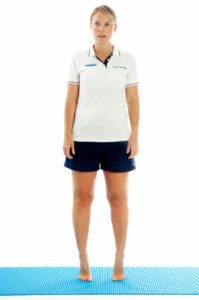 |
|
Mini Squats (days 7-21)
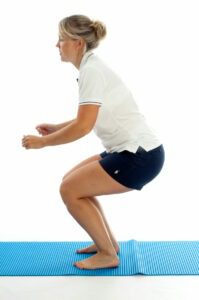 |
|
After 3-4 weeks start the more traditional stretches short of pain (once the calf injury has healed further)
Standing Gastrocnemius Stretch
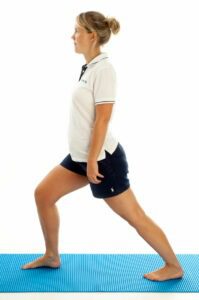 |
|
Standing Soleus Stretch
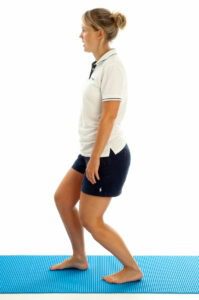 |
|
A severe calf strain, or Grade III is when the muscle is completely torn. It is more difficult to manage so you should see your physio, sports therapist or a consultant as you may require crutches and further investigations. It is also important to exclude an achilles tendon rupture.
Please refer to our previous blog about calf tightness if you haven’t pulled your calf muscle and it just constantly feels tight. Also, once you can perform two legged heel raises comfortably (usually after 3-4 weeks) then you can progress onto single leg heel raises as mentioned in the calf tightness blog.
Calf strains/tightness respond really well to treatment with a physio, sports therapist or sports massage therapist, so if you are suffering from ongoing calf problem then please get in contact with us via enquiries@physio-logical.net, 07835 712306 or book online as we can help you to get rid of that ongoing calf pain/tightness.

